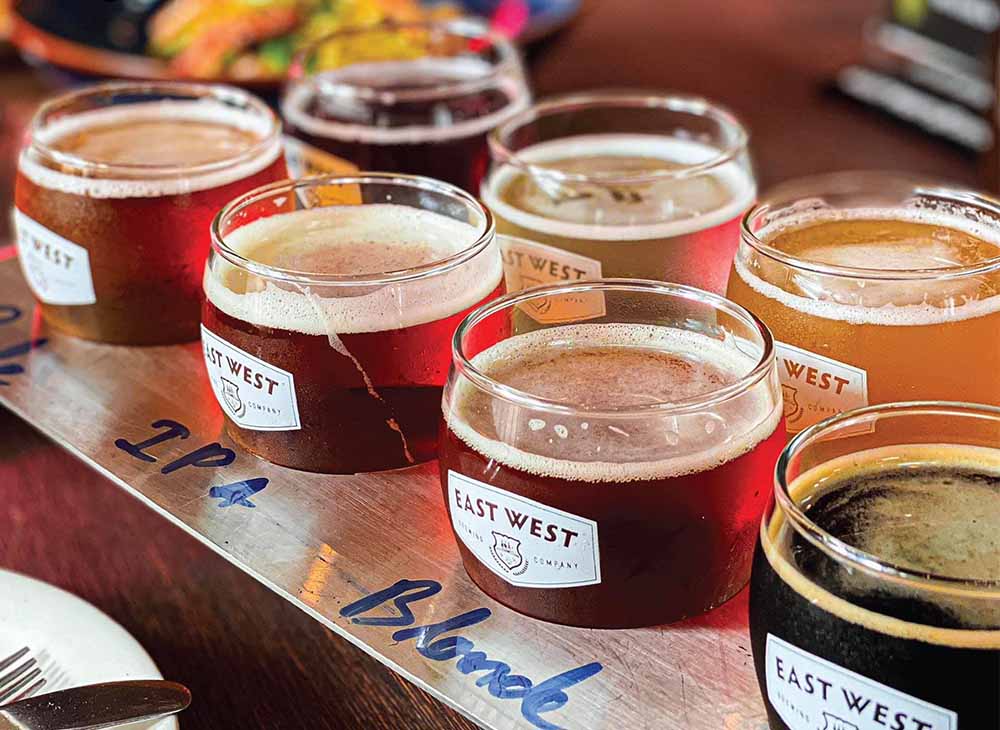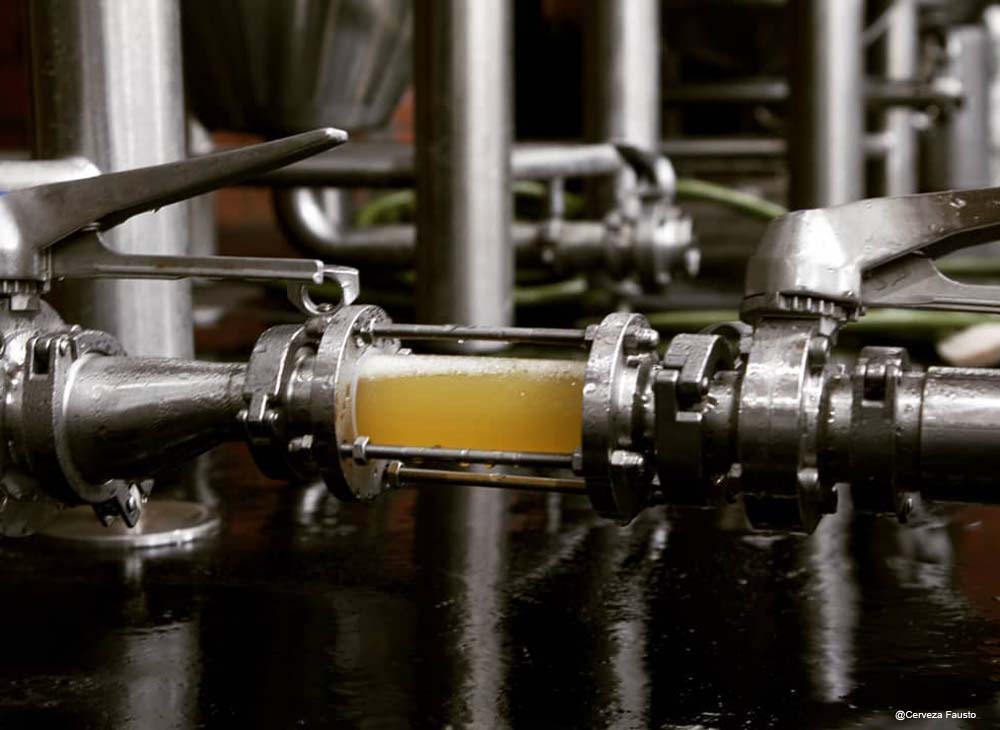Tips on Tasting beer TianTai Beer Equipment
- Jun 23, 2021
- 194
- tiantai
Here are some points to keep in mind if you are getting set to do any kind of serious beer tasting.
Baby your taste buds. Palate preparation is all too often neglected in beer evaluation. The taste buds and aroma receptors are complicated instruments that need to be in prime condition to properly identify the myriad flavors in beer. Spicy, acidic, or thermally hot foods and beverages can all do temporary damage to your taste buds. Smoking will also deaden the taste buds. Optimally, you should guard your taste buds carefully for a full day before you plan on tasting. Similar precautions should be taken to maximize your olfactory capabilities. Aftershave, cologne, or perfume will interfere with your ability to detect subtle aromas. And if you have a head cold, it is advisable to forego the tasting session. The aromatics in beer normally have to penetrate a thin layer of mucus to reach the olfactory epithelium, but having a cold thickens this layer and reduces your sense of smell.
Examine the bottle. Serious tasters will examine the bottle and its contents with a flashlight. The sediment should be tightly packed, but may have been disturbed in shipping or by the steward. A ring around the inside of the bottle near the fill line sometimes, but not always, indicates a contamination. This should be noted for future troubleshooting purposes; keep in mind, however, that a ring may also be formed by nonbacterial means. Similarly, beer in clear or green bottles may become lightstruck with improper storage. Although these bottle conditions are useful troubleshooting tools, it is important not to let the power of suggestion lead you astray — let your taste buds, not prejudice, be the judge.

Pour the beer property. Pour the beer down the side of a glass held at an angle, taking care not to disturb the yeast cake in the bottle. Gradually rotate the glass to an upright position and finish in the center of the glass. These steps will ensure sufficient, but not excessive, head foam — usually one to two inches. In judging, all beers in a flight should be served in the same manner to keep them on equal footing. In addition, it is important that the beer be served in clean glassware. Sanitizer residues can mask or interact with compounds in the beer and interfere with head retention.
Check the initial aroma. Immediately sniff the beer upon pouring because many aromatics will dissipate quickly. Just a couple of normal sniffs will suffice; too much sniffing can lead to olfactory fatigue, which would require a 20-second or so wait for adaptation.
Check the appearance. Observe the color, head, and clarity of the beer, noting their appropriateness for style. Well-conditioned, all-malt beers generally have dense, tightly packed heads with uniformly sized bubbles. The minimum standard for head retention is a half life of one minute or so; that is, the froth should take no less than a minute to fall to one-half its initial height.
Check the beer’s steady-state aroma. Sniff the beer again, noting any components that have appeared or disappeared. The aroma will generally be less lively, but the background malt and hop character should be perceptible.
Now you get to taste the beer. Take a small sip and note the initial, intermediate, and final tastes. Most beers have an initial maltiness that carries throughout the flavor until it is attenuated to different extents by the hop bitterness. Flavors that result from esters, hops, and aromatic compounds will generally be perceived in the middle of the flavor, while the aftertaste will be the sensation that lingers in your mouth. Be sure to swallow the beer to allow the hop alpha-acids to flow across the bitterness receptors on the back of the tongue. Take another sip, swishing the beer through your mouth to evaluate the temperature, carbonation, viscosity, and alcoholic warmth. One or more additional sips may be required to identify subtle flavors, but most beers can usually be properly identified by imbibing two to three ounces.
Evaluate the style. Reflect upon the beer, considering its positive and negative flavors and how close the beer matches the style and/or your expectations. In beer and wine tasting, the overall impression is often more or less than the sum of the parts, but in any case, a good tasting experience should make you want another.
Cleanse your palate. In most tastings, water, unsalted crackers, and/or bread are usually available to help absorb and rinse flavors in between beers. Keep in mind, however, that this introduces different chemicals into the mouth, which may in turn affect the next beer. Any solids should be thoroughly rinsed with water before you proceed to the next beer.



.jpg)
